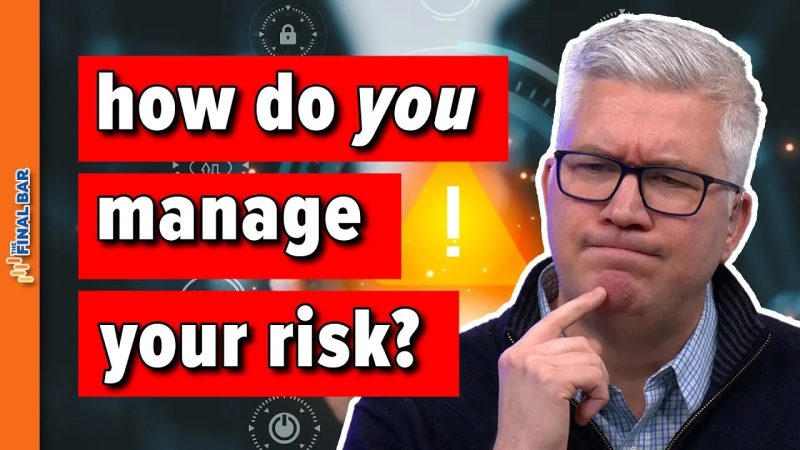
Unlocking Profit Potential: Harnessing Technical Analysis to Navigate Risk!
—
### Recognizing and Managing Risk through Technical Analysis
### Understanding Risk in Trading
Trading in any market comes with inherent risks that can lead to financial losses if not managed effectively. These risks are influenced by a variety of factors, including market volatility, economic events, and individual trading decisions. As a trader, it is crucial to have a clear understanding of risk management strategies to protect and grow your capital.
### Importance of Technical Analysis in Risk Management
Technical analysis is a strategic tool used by traders to analyze past price movements and identify potential future trends. By studying historical market data, traders can gain valuable insights into market behavior and make informed trading decisions. Utilizing technical analysis effectively can help traders identify high-probability trade setups and manage risk more efficiently.
### Key Technical Analysis Tools for Risk Management
1. **Support and Resistance Levels**: Support and resistance levels are key areas on a price chart where the price tends to react. By identifying these levels, traders can set entry and exit points for trades, as well as place stop-loss orders to protect against significant market moves.
2. **Trend Lines**: Trend lines are drawn on a price chart to represent the direction of the market trend. By utilizing trend lines, traders can identify potential trend reversals and adjust their trading strategies accordingly to manage risk.
3. **Indicators**: Technical indicators, such as moving averages, RSI (Relative Strength Index), and MACD (Moving Average Convergence Divergence), can provide valuable insights into market momentum and potential price reversals. By incorporating these indicators into their analysis, traders can make more informed decisions and reduce risk exposure.
4. **Risk-Reward Ratio**: Calculating the risk-reward ratio for each trade is essential in risk management. By determining the potential profit compared to the potential loss before entering a trade, traders can assess whether the trade is worth taking and adjust their position sizes accordingly to align with their risk tolerance.
### Implementing Effective Risk Management Strategies
1. **Setting Stop-Loss Orders**: Placing stop-loss orders at key support or resistance levels can help limit potential losses and protect trading capital.
2. **Diversification**: Diversifying your trading portfolio across different asset classes or markets can help spread risk and reduce the impact of adverse market movements on your overall portfolio.
3. **Risk Allocation**: By defining a risk allocation strategy, traders can limit the amount of capital risked on each trade based on their risk appetite and overall trading strategy.
4. **Continuous Learning and Adaptation**: Markets are constantly evolving, and successful traders need to adapt to changing conditions. By staying informed about market trends and continuously improving their technical analysis skills, traders can better manage risk and make more informed trading decisions.
### Conclusion
In conclusion, managing risk through technical analysis is a critical aspect of successful trading. By understanding the importance of risk management, utilizing key technical analysis tools, and implementing effective risk management strategies, traders can protect their capital and achieve long-term trading success.
—
This article aims to provide valuable insights into how traders can utilize technical analysis to manage risk effectively in their trading endeavors.
